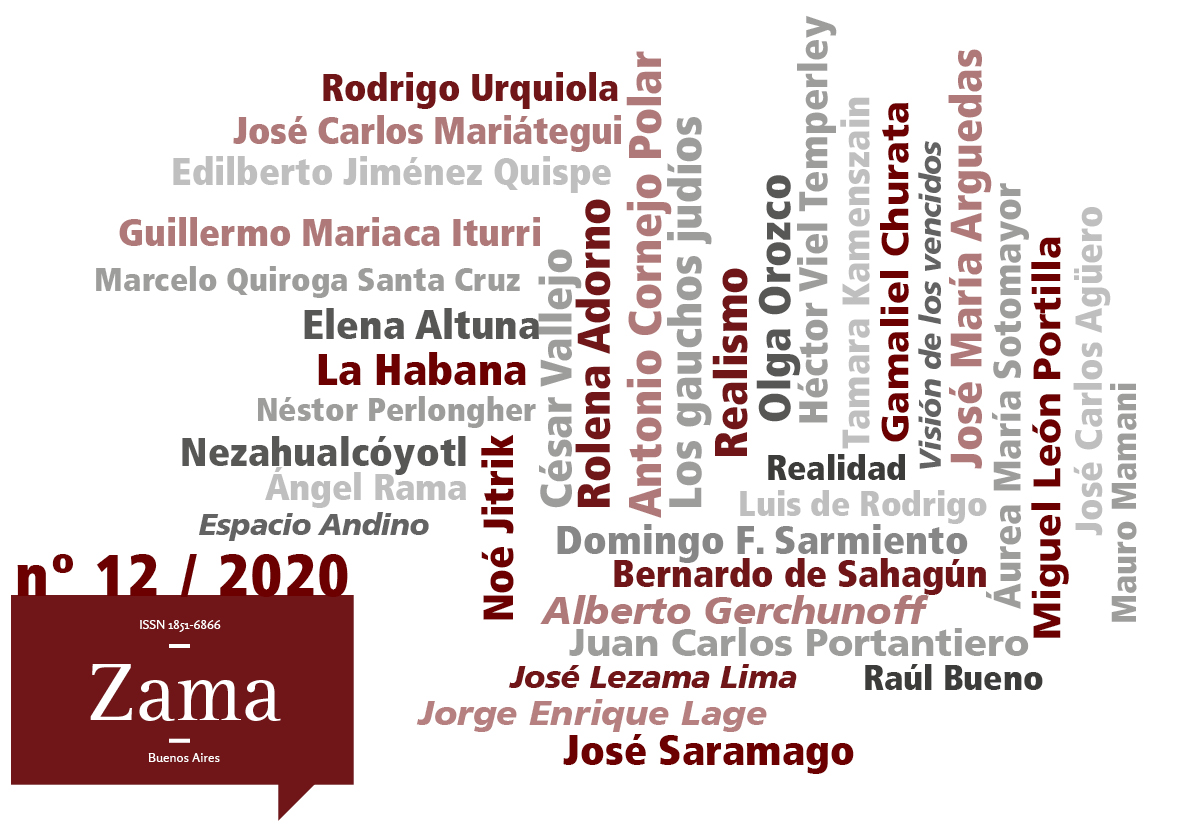Testimonios y retablos: cajas migrantes, urgencia narrativa y espacio andino. Una lectura de Chungui. Violencia y trazos de memoria de Edilberto Jiménez
Palabras clave:
testimonio, retablo, violencia política, migraciones, residual
Resumen
A lo largo del tiempo, los retablos han sufrido transformaciones registradas en parte por la escritura etnográfica arguediana: de cajas móviles asociadas con motivos religiosos, viajes y arrierismo, mutaron a objetos mercantiles y de arte popular al incorporar el ritual y la cotidianeidad de las comunidades andinas durante el proceso de modernización nacional. Luego, se convirtieron en cajas ataúd y cajas de música que retrataron el horror de la violencia política en el Perú reciente (Ulfe, 2011). En particular, me centraré en Chungui. Violencia y trazos de memoria (2005), de Edilberto Jiménez: allí, el retablista y antropólogo peruano reactualiza las formas canónicas del retablo y el testimonio etnográfico combinando letra e imagen, voz y cuerpo para narrar lo indecible en el conflicto armado. Las transformaciones conceptuales y procedimentales, al tiempo que recuerdan la obra de Guaman Poma, remiten a un espacio andino que es claramente simbólico. En ese sentido, propongo pensar este caso como un testimonio residual, migrante y performático.Descargas
La descarga de datos todavía no está disponible.
Publicado
2020-11-30
Cómo citar
Campuzano, B. S. (2020). Testimonios y retablos: cajas migrantes, urgencia narrativa y espacio andino. Una lectura de Chungui. Violencia y trazos de memoria de Edilberto Jiménez. Zama, 12(12), 71-87. https://doi.org/10.34096/zama.a12.n12.9616
Número
Sección
Dossier. Espacio Andino












